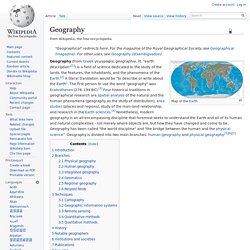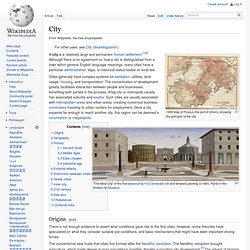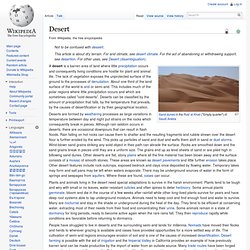

Geography. Geography (from Greek γεωγραφία, geographia, lit.

"earth description"[1]) is a field of science dedicated to the study of the lands, the features, the inhabitants, and the phenomena of the Earth.[2] A literal translation would be "to describe or write about the Earth". The first person to use the word "geography" was Eratosthenes (276–194 BC).[3] Four historical traditions in geographical research are spatial analysis of the natural and the human phenomena (geography as the study of distribution), area studies (places and regions), study of the man-land relationship, and research in the Earth sciences.[4] Nonetheless, modern geography is an all-encompassing discipline that foremost seeks to understand the Earth and all of its human and natural complexities - not merely where objects are, but how they have changed and come to be.
Geography has been called "the world discipline" and "the bridge between the human and the physical science". Introduction Branches Physical geography Geomatics. City. 1908 Map of Piraeus, the port of Athens, showing the grid plan of the city A city is a relatively large and permanent human settlement.[1][2] Although there is no agreement on how a city is distinguished from a town within general English language meanings, many cities have a particular administrative, legal, or historical status based on local law.

Origins[edit] There is not enough evidence to assert what conditions gave rise to the first cities. However, some theorists have speculated on what they consider suitable pre-conditions, and basic mechanisms that might have been important driving forces. The conventional view holds that cities first formed after the Neolithic revolution. The urban theorist Jane Jacobs suggests that city-formation preceded the birth of agriculture, but this view is not widely accepted.[6] , where O is the output (area protected) and s stands for the length of a side.
The inputs depend on the length of the perimeter: , where I stands for the quantity of inputs. . Desert. A desert is a barren area of land where little precipitation occurs and consequently living conditions are hostile for plant and animal life.

The lack of vegetation exposes the unprotected surface of the ground to the processes of denudation. About one third of the land surface of the world is arid or semi-arid. This includes much of the polar regions where little precipitation occurs and which are sometimes called "cold deserts". Deserts can be classified by the amount of precipitation that falls, by the temperature that prevails, by the causes of desertification or by their geographical location. Deserts are formed by weathering processes as large variations in temperature between day and night put strains on the rocks which consequently break in pieces. Plants and animals living in the desert need special adaptations to survive in the harsh environment.
Etymology Physical geography Classification Cold desert: snow surface at Dome C Station, Antarctica Weathering processes. Rainforest. Rainforests are forests characterized by high rainfall, with annual rainfall between 250 and 450 centimetres (98 and 177 in).[1] There are two types of rainforest: tropical rainforest and temperate rainforest.

The monsoon trough, alternatively known as the intertropical convergence zone, plays a significant role in creating the climatic conditions necessary for the Earth's tropical rainforests. Tropical Tropical rainforests are characterized by a warm and wet climate. Mean monthly temperatures exceed 18 °C (64 °F) during all months of the year.[5] Average annual rainfall is no less than 168 cm (66 in) and can exceed 1,000 cm (390 in) although it typically lies between 175 cm (69 in) and 200 cm (79 in).[6] Many of the world's rainforests are associated with the location of the monsoon trough, also known as the intertropical convergence zone.[7] Tropical rainforests are located in the tropics, i.e., in the equatorial zone between the Tropic of Cancer and Tropic of Capricorn.
Temperate Layers.